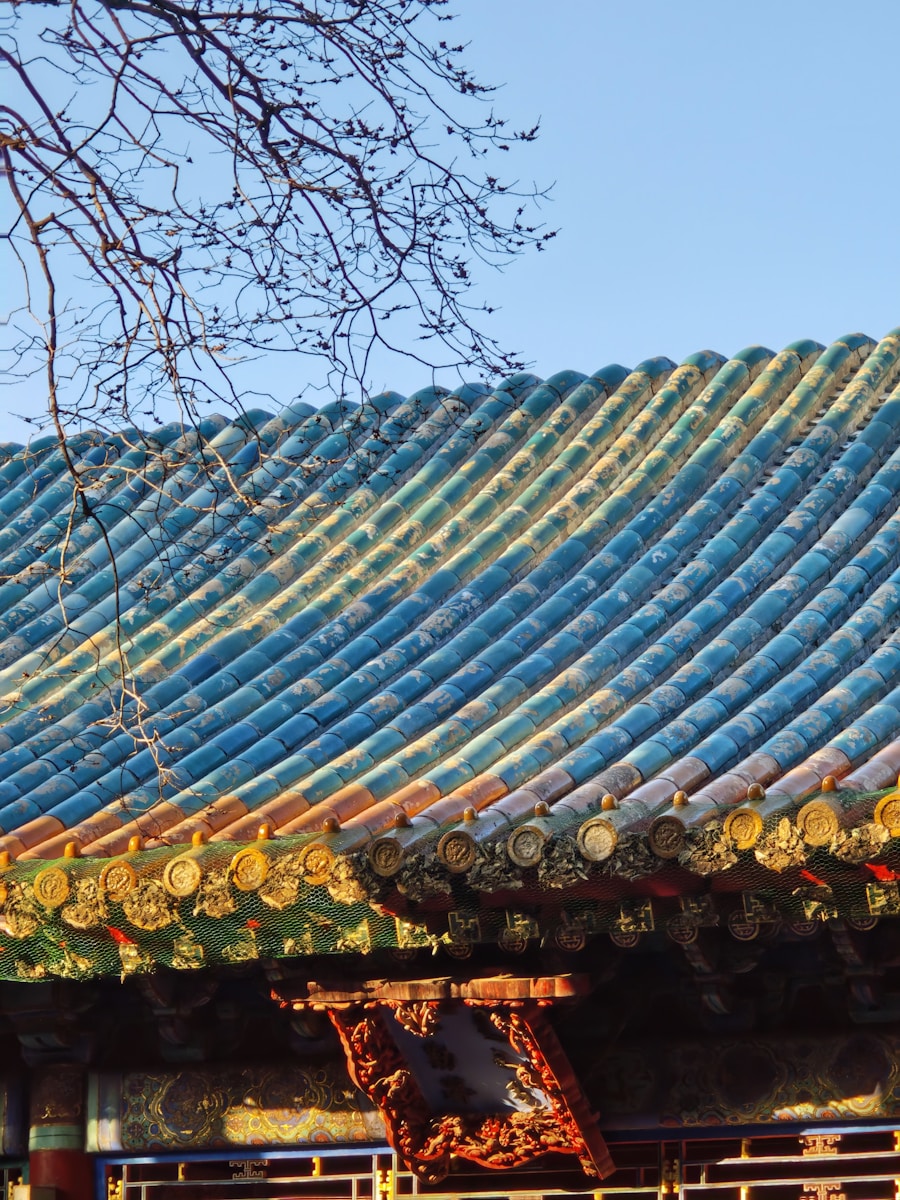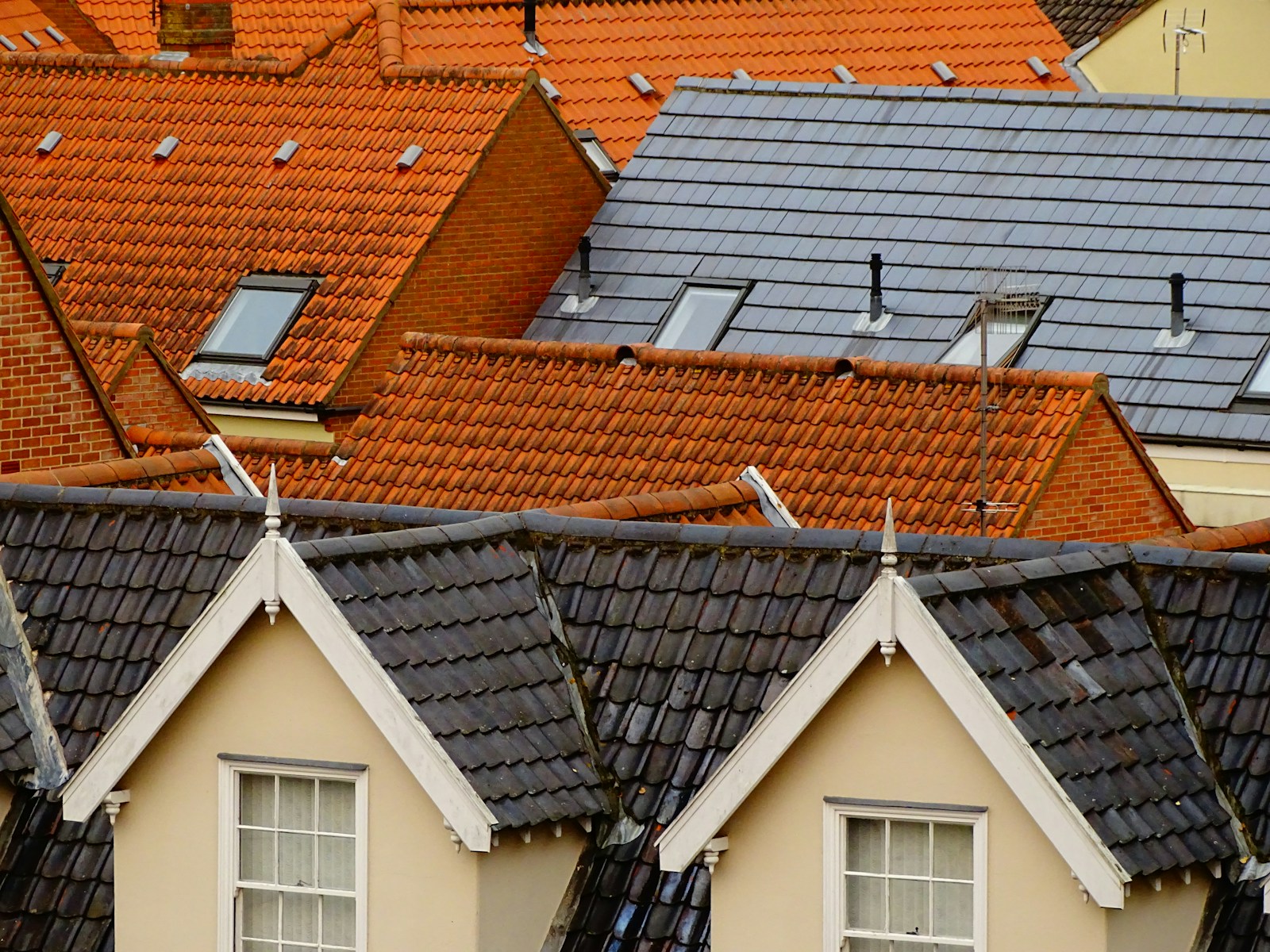So yeah. You spend a summer thinking your green roof is kinda just… chilling up there. Doing its fuzzy green carpet thing. You watered it a bit. Maybe not religiously. Who did, though? It was 107 degrees. Then one day you go up and notice — wait. Why’s that edge curling like a bad sticker? The soil’s pulled back from the flashing. There’s cracks where there used to be moss. Tiny ones at first. Then one big enough to lose a key in.
That’s drought-induced substrate shrinkage, my friend. A mouthful. But really just fancy talk for: soil dried out so hard it quit holding hands with everything around it.
Soil Ain’t Soil When It’s Moon Dust
See, green roof soil isn’t regular soil. It’s a blend — often lightweight stuff like pumice, perlite, compost, and other crumbly bits. It’s designed not to crush your building. But that also means, under stress, it acts… different. Like when there’s a stretch of heat with no rain? That substrate turns crusty. Not just dry — like brittle-toast dry. Dusty-dry. Cracks-in-itself dry.
And when it shrinks, it doesn’t just get thinner. It pulls inward. Away from parapets. From roots. From drain edges. You might even hear this little crunch when you walk on it. Like old cereal. Not a good sound.
The Gap That Eats Water
The biggest problem? The gaps. Once that substrate pulls back, you’re left with little trenches. Those trenches don’t just sit there. When the rains do return — if they do — water sneaks down those cracks, skips the soil entirely, and hits your roof membrane like a surprise party with plumbing. If there’s even a pinhole in your waterproofing, that water finds it. Oh boy does it.
So. The damage isn’t just up top. It’s sneaky. It’s roof rot hiding behind your HVAC vent. It’s insulation getting mushy behind your solar supports. And all because the dirt decided to go on strike during the heatwave.
Okay But Now What?
First thing? Stop panicking. This happens more often than you’d think. Second? Get your boots on. You need to poke at the soil — not metaphorically. Actually poke. Use a screwdriver. A stick. See how far the shrinkage goes. If it’s just surface-level cracking, you might get away with fluffing it. Raking it. Watering and watching.
But if the cracks go deep? You gotta think replacement.
No, not the whole roof. But patches. Cut out the dry shrunken bits like stale cake. Bag it. Take it down (this stuff’s light, but still — don’t be macho with a full contractor bag unless you like back pain). Then — here’s the tricky bit — rebuild that zone. Layer by layer. Not just chucking new substrate in and hoping it settles.
Start with a touch of fresh drainage layer if the old one’s exposed. Then your root barrier. Then your growth medium (the soil, basically). Compact it slightly — not stomping, but pressing. Let it settle naturally over a few light waterings before you replant anything.
Mix Matters More Than You Think
Here’s where folks mess up. They think they can throw on a bag of potting soil from the garden center and call it a day. Nah. That stuff clogs up, holds too much water (yes, too much), and turns to slop. Green roofs need engineered soil. So if you’re patching, get it from the same supplier or match the mix as close as you can. Otherwise, you’ll get this weird layering where water hits a dense patch and slows down — causing puddling, root rot, and ants. So many ants.
Also: don’t cheap out on organic matter. Compost is your buddy. Not manure. Not peat moss. Good crumbly compost that doesn’t smell like sadness.
What About the Plants?
If your succulents are shriveled and your sedum’s all crispy on the tips, yeah, they’re mad. But many green roof plants are surprisingly stubborn. Give ‘em water, a little shade, and time — and they bounce back like nothing happened.
That said, if you see root exposure — actual roots popping up out of the soil like noodles — you probably lost that section. Yank it. Replace. Try plug planting instead of full mats next time — they’re cheaper and handle stress better. Plus, it looks a little more wild. Like nature intended. Or forgot.
Watering Systems Gone Weird
Droughts also break irrigation setups. Pipes shift when soil shrinks. Emitters twist. Filters clog with dust. So when you repair your substrate, take a good long look at your irrigation. Flush the lines. Watch the flow. And for goodness’ sake, check the timers. Half the time, people forget to reset ‘em after a power flicker and wonder why the moss turned to tortilla chips.
Edges and Flashings – The Secret Villains
Here’s something barely anyone talks about: metal flashing and plastic edges heat up. Like a lot. And when your soil pulls back from those, you get this death zone — dry, hot, unplantable. You need to bridge that gap. Use coconut coir logs. Or jute mesh. Something fibrous that holds moisture and makes roots feel at home again.
Some folks use biochar blends. Others swear by wool mats soaked in compost tea. Honestly? Just keep that area shaded and damp till your plants creep back over it.
Final Weird Bit: Smell It
No, really. Smell the soil. Good green roof soil has a mild, earthy scent. If it smells sour, rotten, or oddly metallic? Something’s wrong. You might have anaerobic pockets — areas where water’s trapped and oxygen isn’t getting in. That means rework. Possibly drainage redo. Worst case, you got a roof soup brewing under the sedum.
So trust your nose. It usually knows.
It Ain’t Glamorous But It’s Fixable
There’s no elegant, magazine-ready way to fix a shrunken green roof. You’re gonna sweat. You’ll get dirt in weird places. Your knees will hate you. But if you treat the roof like it’s alive — which it kinda is — it’ll come back. Patch by patch. Root by root.
And next time there’s a drought? Mulch early. Water at dawn. Shade your parapets. Keep a diary, even. Weird stuff helps.
Because roofs aren’t just roofs anymore. They breathe, bake, crack, curl, and — if you’re patient — come back greener. Just maybe with a bit of coaxing and compost.





